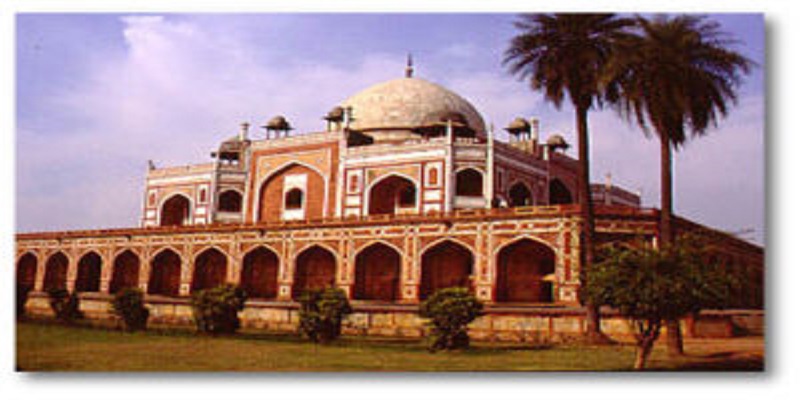The Distinctive Beauty of Mughal Art and Architecture
Mughal Art and Architecture refers to the distinctive style of art and architecture that developed during the Mughal Empire, which spanned from 1526 to 1707 in the Indian subcontinent. The Mughals were a Muslim dynasty that originated from Central Asia and established their rule in India. Their empire was characterized by a rich cultural and artistic heritage, which is reflected in their art and architecture. This essay will describe the main features of Mughal Art and Architecture.
One of the most important features of Mughal Art is the use of Persian and Indian artistic traditions. The Mughals brought with them a rich Persian artistic heritage and integrated it with the local Indian art forms. This fusion resulted in a unique style of art that reflected the Mughal culture and aesthetics. Mughal Art was characterized by intricate designs, bold colors, and detailed patterns. The Mughals were also known for their expertise in calligraphy, miniature painting, and portrait art.
Miniature painting was a major form of art during the Mughal period. The Mughal painters were known for their mastery of the art of miniature painting, which involved painting tiny, intricate details with great precision. They used a wide range of colors and pigments to create vibrant and colorful paintings that depicted various themes such as hunting scenes, court life, and religious themes. The Mughal miniatures were also characterized by their intricate patterns, use of gold and silver, and elaborate borders.
Another important feature of Mughal Art and Architecture was the use of symmetry and geometric patterns. The Mughal architects were known for their use of symmetry and geometric shapes in their buildings, which gave them a unique sense of harmony and balance. The Mughal buildings were also adorned with intricate carvings and intricate patterns, which reflected their skill and craftsmanship.
The Mughal architecture was characterized by a unique blend of Persian, Indian, and Islamic styles. The Mughal rulers were great patrons of architecture and commissioned some of the most magnificent buildings of their time. The Mughal architecture was known for its grandeur, magnificence, and intricate detailing. The Mughal architects used red sandstone and marble to create some of the most iconic buildings in India, such as the Taj Mahal, the Red Fort, and the Jama Masjid.
The Taj Mahal is one of the most famous Mughal buildings and is considered a masterpiece of Mughal architecture. It was built by the Mughal Emperor Shah Jahan in memory of his beloved wife Mumtaz Mahal. The Taj Mahal is made of white marble and is adorned with intricate carvings and calligraphy. It is also known for its elaborate gardens, water fountains, and reflective pools, which add to its beauty and grandeur.
The Red Fort is another iconic Mughal building and was built by the Mughal Emperor Shah Jahan. The Red Fort is made of red sandstone and is characterized by its intricate carvings, arches, and domes. It was the residence of the Mughal Emperors for almost 200 years and is now a UNESCO World Heritage Site.
The Jama Masjid is one of the largest mosques in India and was built by the Mughal Emperor Shah Jahan. The Jama Masjid is made of red sandstone and white marble and is characterized by its large central dome, two minarets, and four towers. It is also known for its intricate calligraphy and carvings, which reflect the Mughal artistic heritage.
In conclusion, Mughal Art and Architecture was a unique blend of Persian, Indian, and Islamic styles that reflected the rich cultural and artistic heritage of the Mughal Empire. The Mughals were great patrons of art andArchitecture.

